A review and Photo example of the Macro Elmarit 60mm F2.8.
Table of contents
Gallery
The example photos were taken with the HASSELBLAD X2D-100C and the SONY α7Sii.
Review
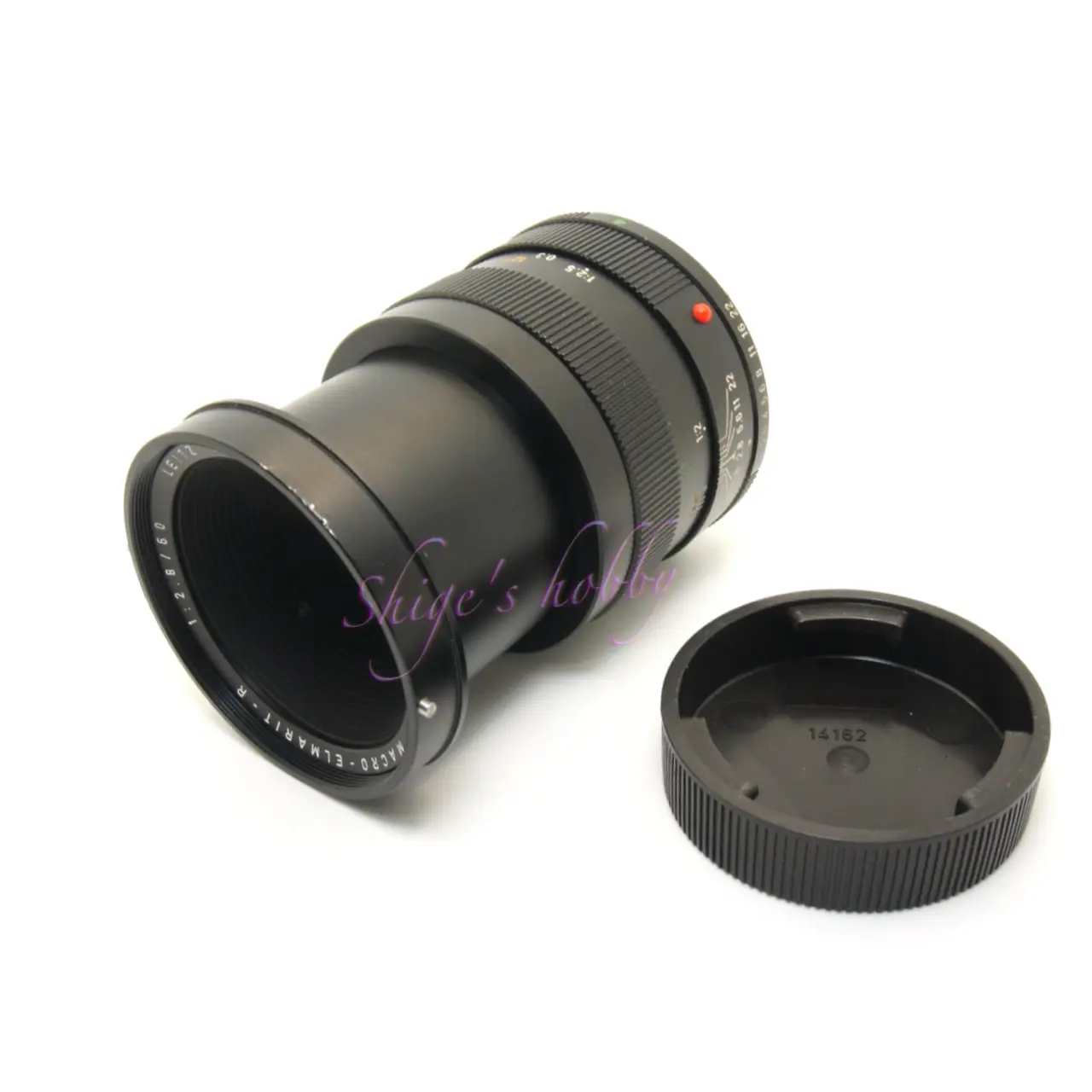
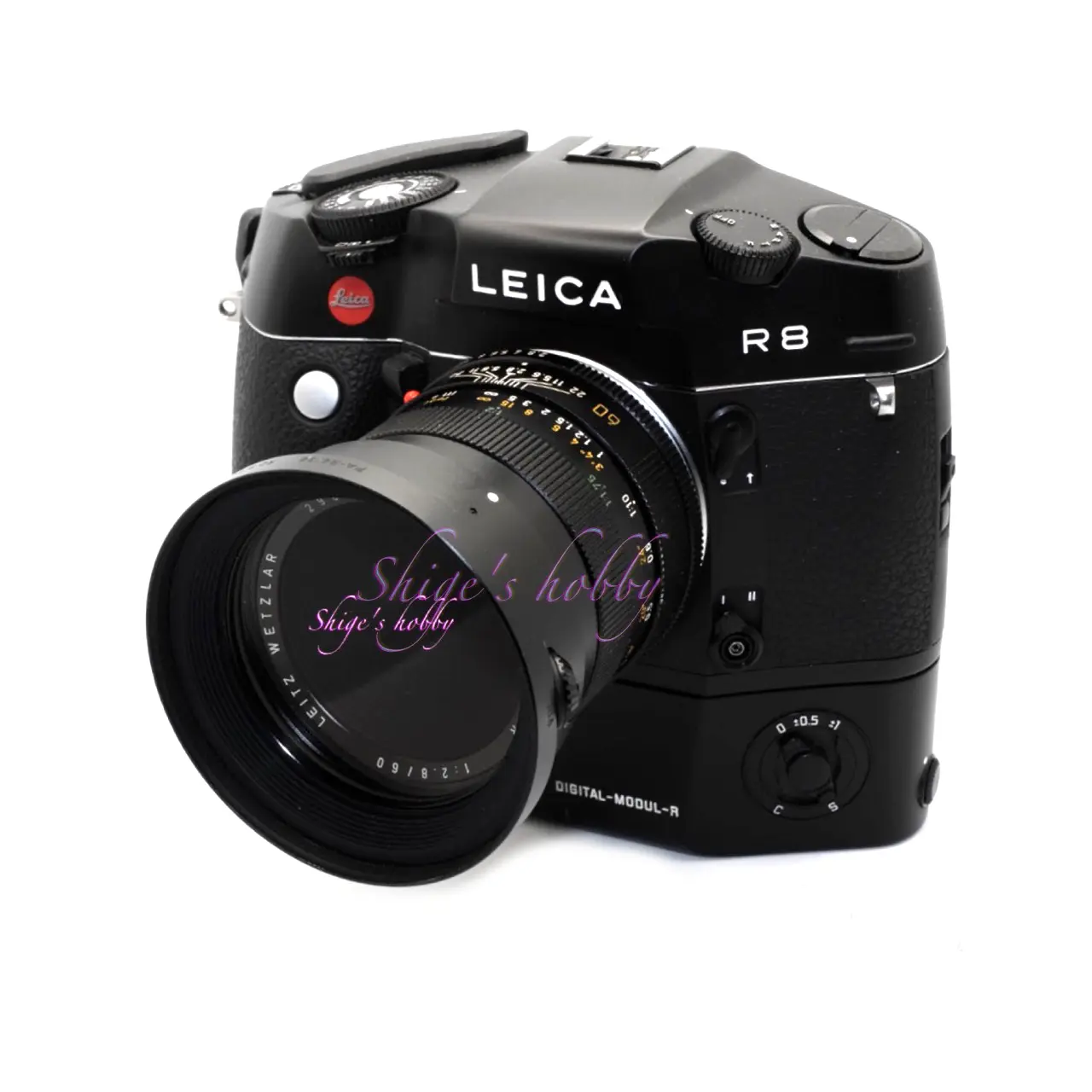
1.Overview
The MACRO ELMARIT 60mm was released in 1970 and is known as a half macro lens with a maximum magnification of 1:2 (0.27m). To achieve a life-size (1:1) magnification, an extension tube for close-up photography is required.
- There is a lot of information on the difference between life-size macro and half-macro on the Internet. To summarize, when a subject is photographed, the state in which the subject appears the same size as the actual object on the film or sensor is called life-size 1:1, and the state in which the subject appears half the size is called half 1:2.
- With digital cameras, the image on the sensor is viewed on a monitor, making it difficult to compare the actual size and the size of the subject photographed, so the terms life-size and half are difficult to understand with digital cameras.
The early model MACRO ELMARIT 60mm with a separate hood that is mainly introduced here has a short and shallow hood, but when a hood is attached to the lens, the large diameter hood makes the lens look more intimidating.
The later model had a filter diameter of E55 and no longer had a hood setting. I once owned a lens with ROM, but I didn’t like the image quality and sold it. The later model in the photo below is said to have the same lens structure and performance as the earlier model.
If you use the Macro-Elmarit 60mm dedicated extension tube, you can operate the aperture on the extension tube side. The Macro-Elmarit 100mm dedicated is mechanically the same except that the aperture memory starts at F4, so it can be used. Care must be taken when attaching the extension tube, and the aperture value on the lens side must be set to F22.
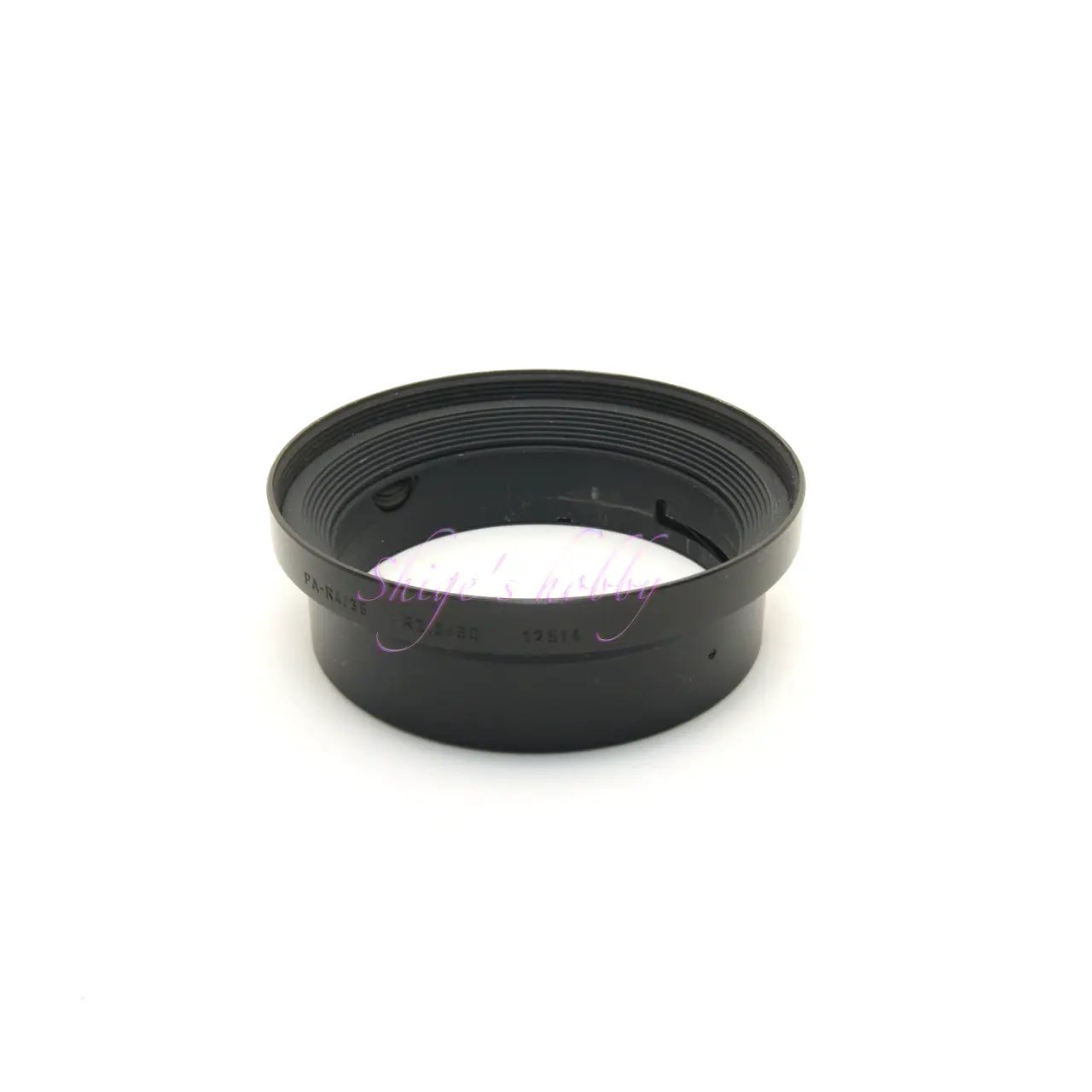
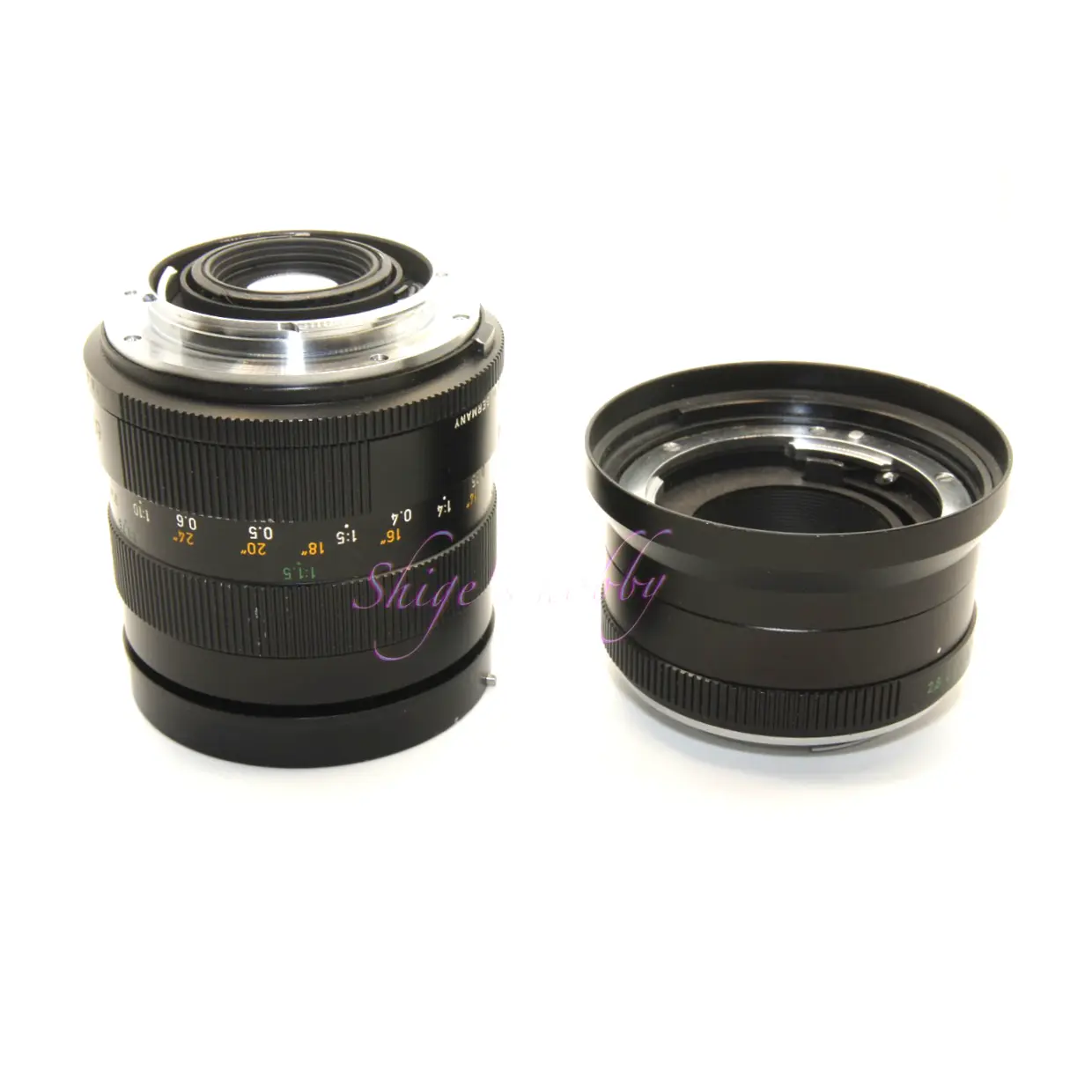
The separate hood has a rotating screw for a PL filter, just like the old hoods for the Elmarit R 24mm, Summicron R 35mm, and Summicron R 50mm, and the inside of the hood is designed to fit a Series 7 filter.
There are several types of extension tubes, including one for the Macro-Elmarit 60mm, one for the Macro-Elmar 100mm, a universal 3CAM tube, and a universal tube with a ROM terminal.
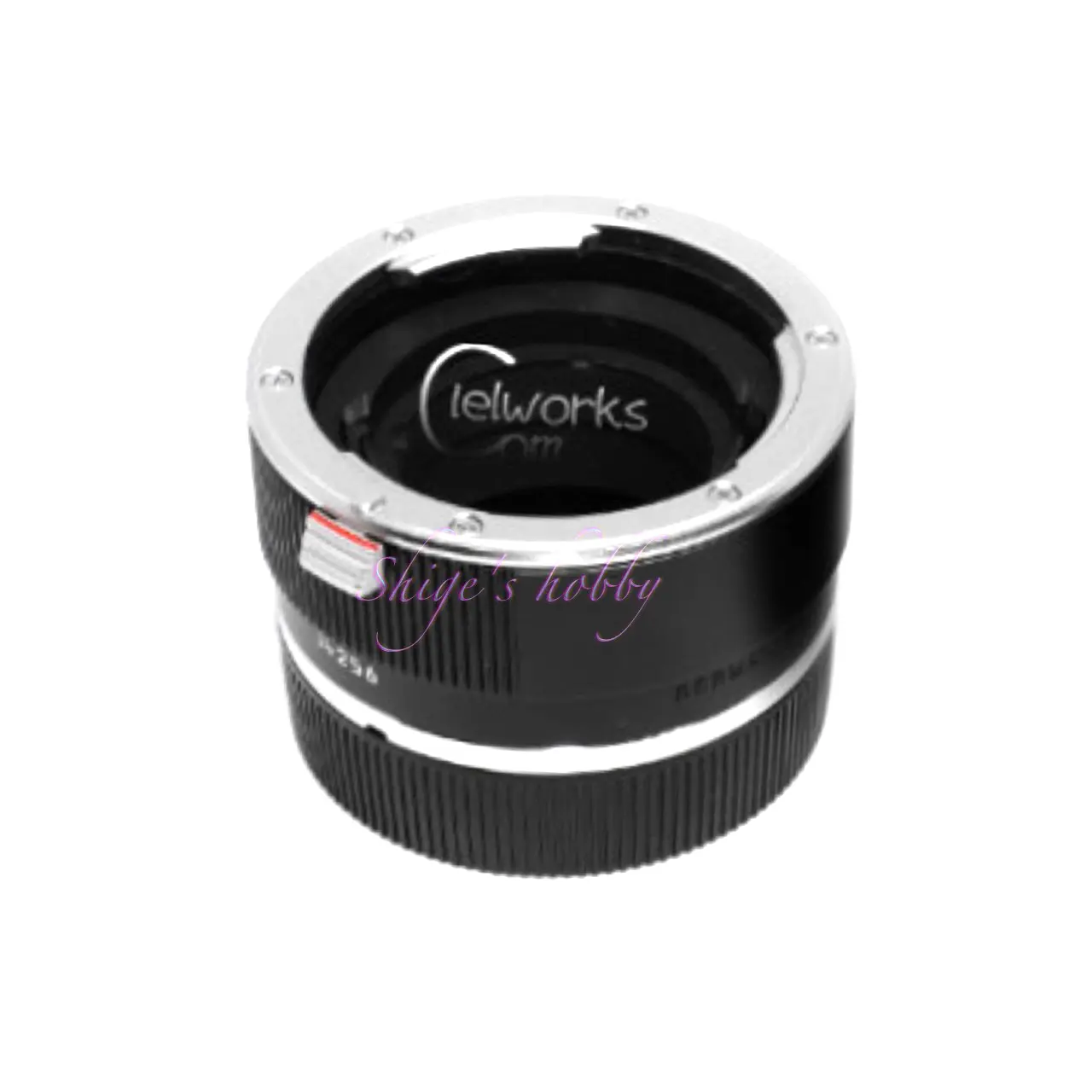
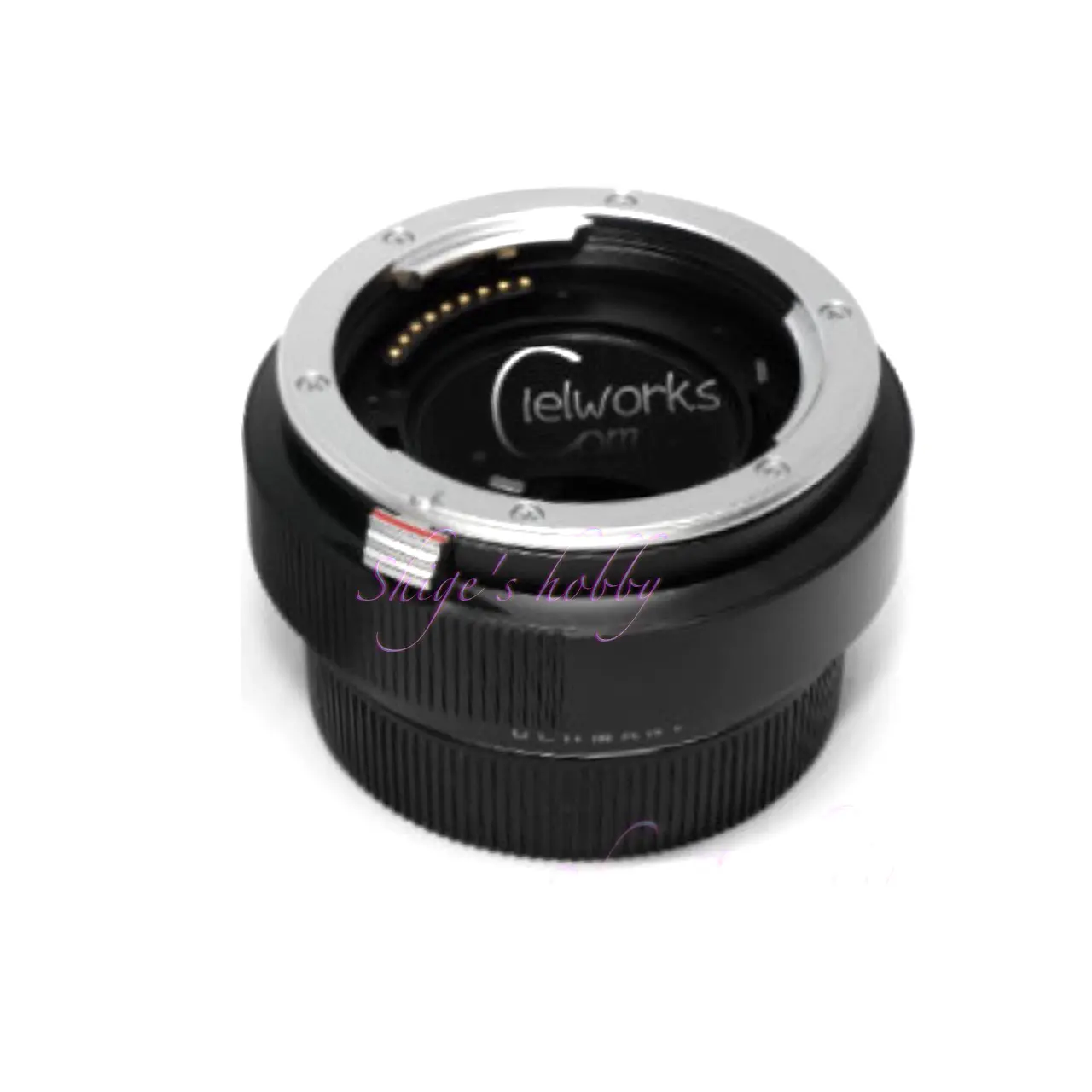
2.Usability
The MACRO ELMARIT 60mm produces a soft and stable image from the widest aperture, and the foreground and background bokeh is natural and gradual. Even in backlit conditions, there is no suspicious ghosting, so it can be used for close-ups of flowers.
Since the intention of the shot is clearer when focusing manually rather than using AF with a macro lens, a lens that allows smooth focusing is better. The smooth but slightly heavy helicoid is comfortable and different from the feeling of focusing with modern autofocus lenses.
The image circle of this lens is wide, and since the center is used in 35mm format, only the best parts are used. When used with the 44mm x 33mm sensor of the HASSELBLAD X2D, a 3:2 crop can produce a 100% usable image. With the original 4:3, there is a little light falloff in the corners.
Because the focal length is 60mm, which is longer than a standard lens and the rear lens is farther away from the film plane, it can be used without any problems with EOS digital cameras equipped with 35mm full-size sensors such as the Canon EOS-1Ds and EOS-1Dx by using an EOS-LEICA R mount adapter. It has an image circle that is compatible with medium-format digital sensors, so it can be used without any problems with 35mm digital sensors.
It can also be used with mirrorless cameras from various manufacturers via a mount adapter.
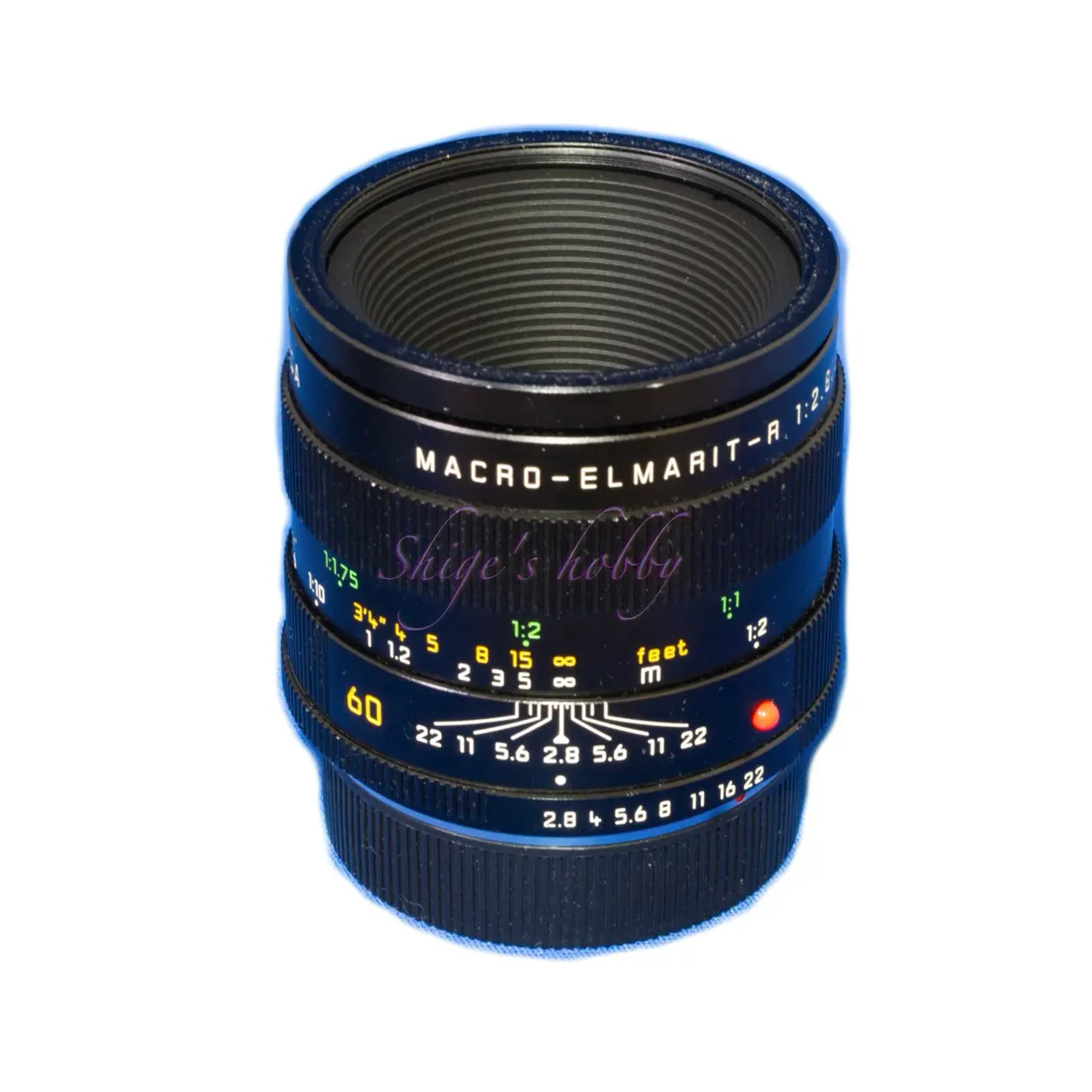

3.Summary
In conclusion, to sum up the MACRO ELMARIT 60mm is a compact half macro lens with stable image quality. By using an extension tube, it is possible to take life-size shots.
It is a relatively inexpensive lens among LEICA R lenses, and can also be used as a standard lens to replace the SUMMICRON R 50mm.
Specification and more
There are four macro lenses available for the Leica R mount.
There are the 65mm from the Visoflex era, the 60mm from this lens, the 100mm medium telephoto macro, the Elmar, and the Apo Macro Elmarit.
The M series of rangefinder cameras, which is Leica’s main line of cameras, is not good at macro photography, so it is necessary to cover macro photography with the R mount, which is a single-lens reflex camera, and it is presumed that this is why the lineup is so extensive.
The VISO ELMAR, which will be compared below, is not a pure macro lens, but a lens that can be used in a macro style due to the large amount of helicoid extension.
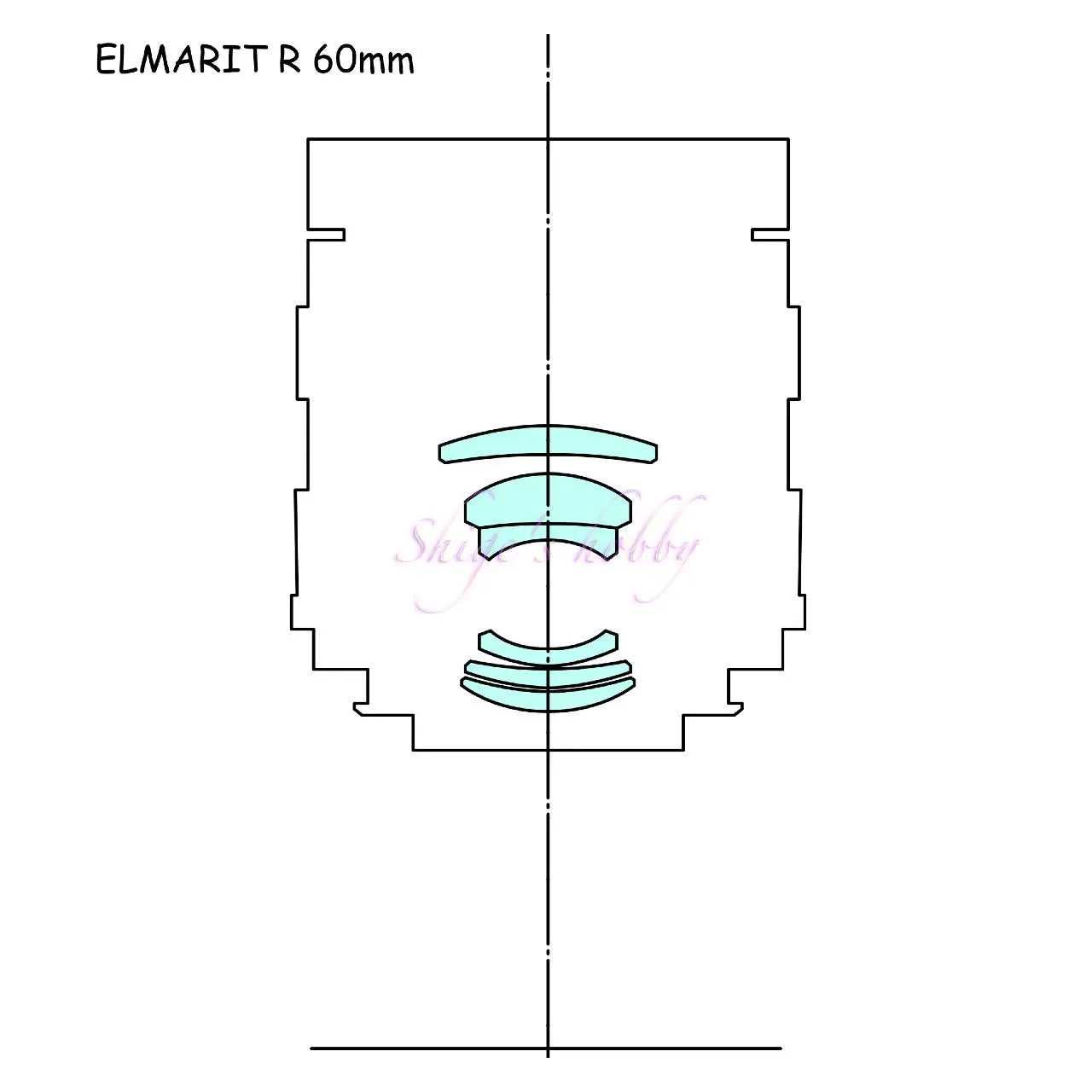
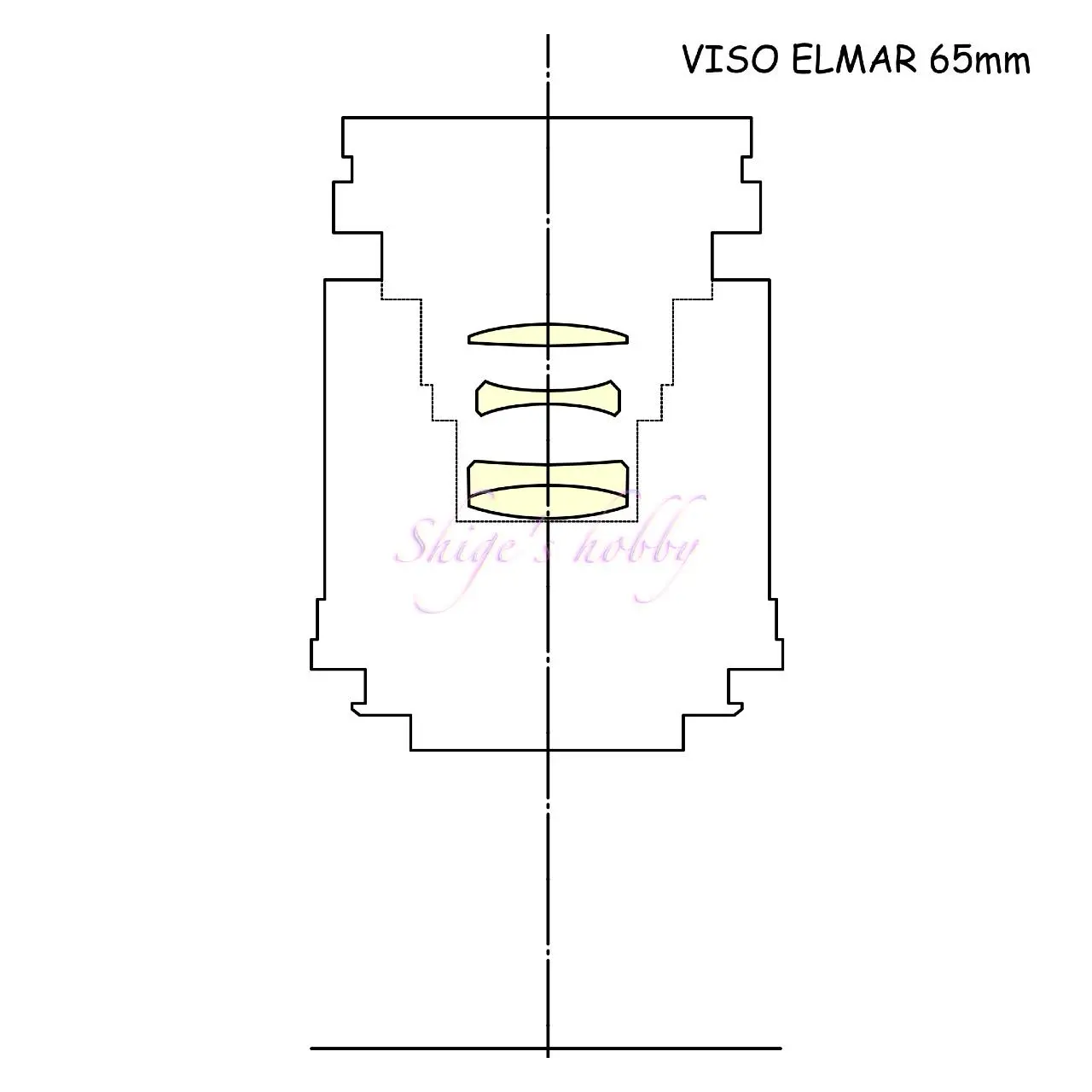
| Item | Value | note |
| focal length(mm) | 60 | 65 |
| Maximum aperture | 2.8 | 3.5 |
| Minimum aperture | 22 | 22 |
| Aperture blade | 6 | 10 |
| Lens configuration | 6 elements in 5 groups | 4 elements in 3 groups |
| Minimum distance(m) | 0.27 | 0.33 |
| Lens length(mm) | 62.3 | 70(R mount) |
| Lens max diameter(mm) | 67.5 | 62.5(14127) |
| Filter diameter(mm) | Early type = Series 7, Late type = 55 mm | E41 |
| Weight(g) | 390 | – |
| Production numbers | 46,500- | 12,450- |
| Release date | 1970-2005 | 1959-1967 |
Reference links
Update history
- 2025.7.9
- 2025.1.16
- 2024.02.29
- 2023.03.17
Affiliate links
- Please see the disclaimer regarding advertising here.
- Italicized links in the text are advertisement links that take you to other sites.
- Leica lens・Ads by Amazon
- Leica digital・Ads by Amazon
- Leica camera body・Ads by Amazon
- Leica accessory・Ads by Amazon
- Leica book・Ads by Amazon
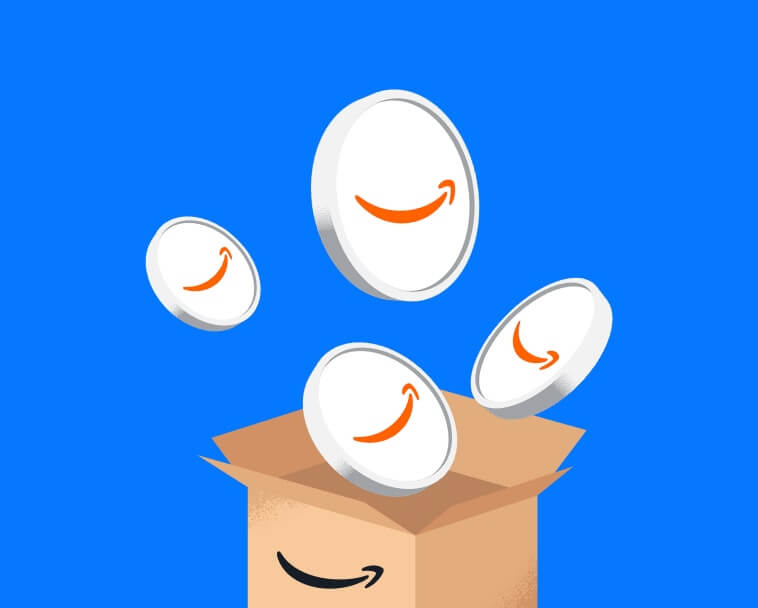
Amazon Prime Sale



Be First to Comment